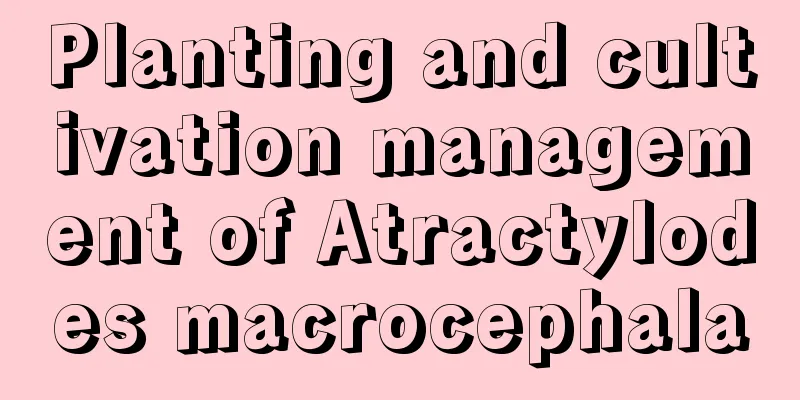The Complete Guide to Iron Diseases and Their Prevention in the Netherlands

Dutch iron disease 1: leaf spotDisease patternThe pathogens of leaf spot disease usually spend the winter living on diseased plant remains. They may spread and infect plants in greenhouses, fields, and home potted plants during rainy weather and water splashing. Their tiny size allows them to invade plants through wounds or stomata. In a high temperature and high humidity environment, the stomata of plants are enlarged, making them more susceptible to disease. symptomIn the early stage of the disease, the pathogen mostly invades from the leaf edges and tips. At first, it appears as small faded green spots that look like water stains. If the weather is dry, the disease will be more obvious at the junction of the diseased and healthy parts, appearing as concave dark-brown semicircular spots. It is more dangerous in a high temperature and high humidity environment, with obvious water stains and irregular leaf spots. As the number of lesions increases, the leaf tips will dry up, the entire leaf will become necrotic, and even bacterial pus may be seen. Prevention and treatment methods1. Eliminate diseased and damaged parts promptly and burn them in batches. 2. Enhance light and air permeability. The humidity in the greenhouse should not be too high. Avoid splashing when watering. It is best to water along the edge of the pot to reduce the chance of spreading infection. 3. After the disease is discovered, you should pay attention to spraying pesticides in the early stage. You can use 77% of the wettable powder of Copper Chloride and 1:500 solution of water, 800 times solution of 30% copper oxychloride suspension, 800 times solution of 47% of Carranon wettable powder, 4000 times solution of 72% agricultural streptomycin or mycobacterium sulfate soluble powder, etc. Dutch iron disease 2: AnthracnoseDisease patternThe germs spend the winter on diseased body remnants in a variety of ways. Initial and reinfection occur in the second year, during splash watering. After the lesions are formed, pathogens are continuously generated and reinfection continues, forming a vicious cycle of the disease. The disease is more likely to occur during hot and rainy seasons.symptomThe disease mainly infects the tips and edges of leaves, and the symptoms are roughly the same as leaf spot. In the early stages of the disease, the disease appears as moist brown spots, sometimes with pink mucus. After spreading, the spots appear as semicircular or oval, reddish purple or dark brown spots with light brown or gray in the center. After the onset of the disease, they will gradually expand, and brown ring-shaped spots will appear around them. The spots will gradually shrink and dry up. There are black particles on the spots. When the disease is severe, the entire leaf will turn yellow and wither. Prevention and treatment methods① Drain water in time to prevent moisture retention, apply organic fertilizer, and increase the amount of phosphorus and potassium fertilizers. ② Prune and remove diseased and damaged parts in time, and bury or burn them uniformly. ③When the bacteria infect the Dutch iron plant in large areas and cause it to become ill, it is necessary to spray pesticides. Spray with lime sulfur solution or suspension, 100% solution of basic copper sulfate (apply before the disease occurs), 100% solution of copper sulphate, 100% solution of agricultural water-resistant agent, or 100% solution of Amisida suspension, 100% solution of thiophanate-copper. |
<<: Begonia Diseases and Prevention
>>: Diseases and Pests of Silk Flower and Their Control
Recommend
What is bitter chrysanthemum
What is bitter chrysanthemum Chicory is a wild ve...
Cultivation methods and precautions of spirea
Spiraea is a flower that is both easy to grow and...
Can an orange tree be planted outside your home?
Can orange trees be planted outside your home? Or...
How to grow green radish in summer
1. Proper lighting Pothos also needs light to gro...
Clivia likes these "4 kinds" of flower fertilizers the most. After eating them, the leaves become plump and green and shiny.
1. Bone meal The animal bones left over after eat...
What to do after the crabapple blossoms
1. Pruning after flowering After the flowers have...
Things to note when planting peony seedlings in pots for one year, how many years will it take for the seedlings to bloom
1. Precautions for 1-year-old peony seedlings in ...
The process of sunflower germination
The process of sunflower germination Sunflower is...
What size pot should be used for the lucky tree, and how big should it be for it to bloom?
1. How big a basin should I use? When growing a l...
The difference between Ranunculus and Fennel Garlic
1. Difference of blades The basal leaves of Rosa ...
How to water the Jade Plant? This way the leaves will be more translucent!
Watering according to the seasons Spring and autu...
Cultivation methods and precautions of Guanghan Palace succulents
Guanghan Palace Succulent is not particularly eas...
What are the cultivation methods and precautions of Podocarpus dasyphylla
Podocarpus propagation method Podocarpus, also kn...
Twelve-month maintenance tips for asparagus fern
Asparagus fern is an evergreen foliage plant. The...
Who said not to eat too much seasoning? These 6 kinds of spices are better than Chinese medicine for detoxification and beauty!
Eat more vinegar to beautify your skin Benefits o...









